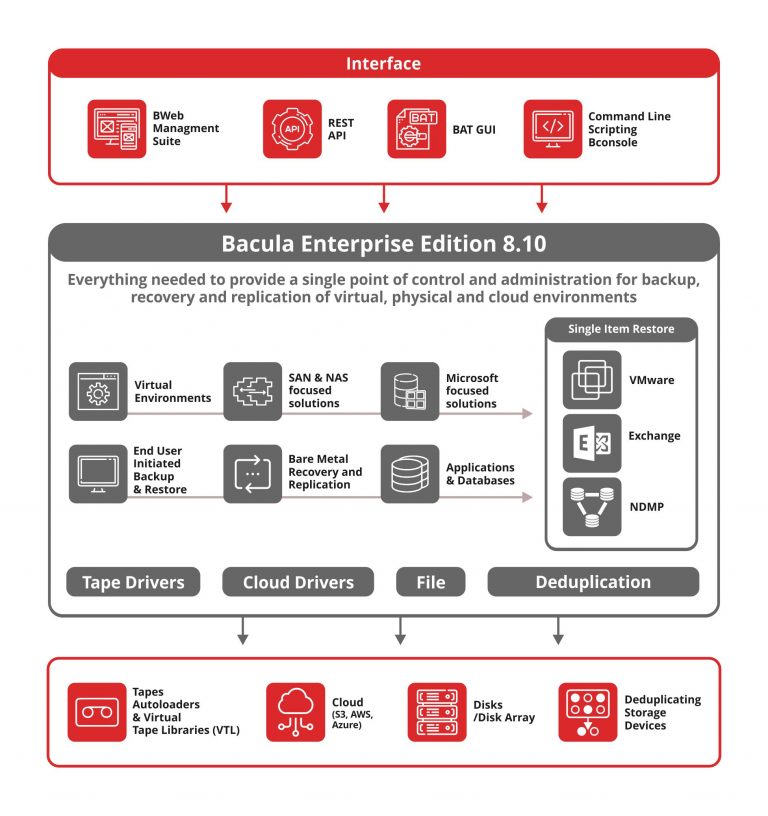In organizations, and even on a personal level, which are the first phrases that come to our thoughts when we mention the word “backup”?
- Security? Protection?
- Do we even have it? Does it work?
- Will it be reliable? Does it have what we want and/or need?
- How do I restore it? How long will this operation last?
- How long does it take to restore my entire system, application and/or database?
Looking into the context of the above phrases, we perceive that the main concern is reliability. This is due to the fact that when we talk about backup, we immediately associate it with information, and this is one of the fundamental and vital assets for companies , together with human capital.
The concept of backup and backup itself also generates confidence when you know that you have an application and/or implementation that executes in an automated way, and offers tools for recovery in case of data loss, intentional or otherwise. This can positively affect the operation and execution of functional processes.


